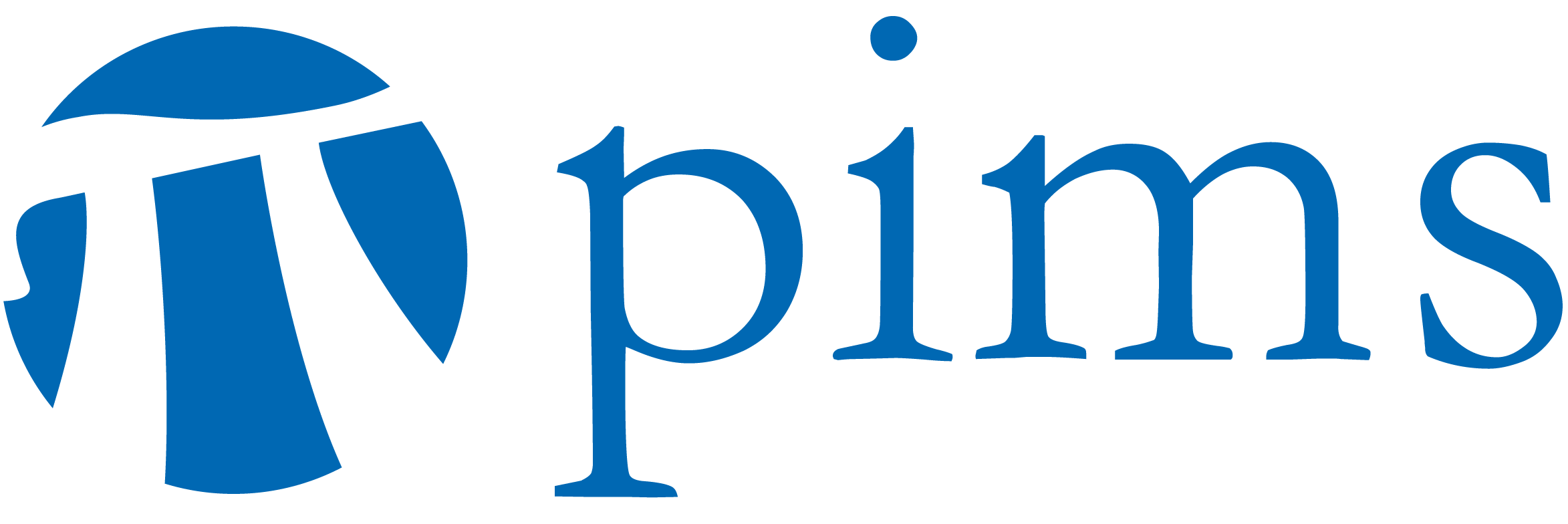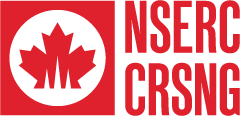Location and Schedule
Dates
April 29–30, 2023.
Location
All talks will take place in room 100 in the main Math building in UBC Vancouver's main campus. Tea, coffee and other refreshments will be in room 125 next door (you may have to knock).
Schedule
| Saturday April 29 | Sunday April 30 | ||
|---|---|---|---|
| 9-10 | Coffee | 9:30-10:30 | Spencer Dowdall |
| 10-11 | Wenzhao Chen | 10:30-11 | Coffee |
| 11:30-12:30 | Kyle Ormsby | 11-12 | Morgan Opie |
| Lunch | |||
| 2:30-3:30 | Melissa Zhang | ||
| 2:30-3:30 | Coffee | ||
| 4-5 | Anna Marie Bohmann | ||
Speakers—titles and abstracts.
Vanderbilt University
Scissors congruence and the K-theory of covers
Scissors congruence, the subject of Hilbert's Third Problem, asks for invariants of polytopes under cutting and pasting operations. One such invariant is obvious: two polytopes that are scissors congruent must have the same volume, but Dehn showed in 1901 that volume is not a complete invariant. Trying to understand these invariants leads to the notion of the scissors congruence group of polytopes, first defined the 1970s. Elegant recent work of Zakharevich allows us to view this as the zeroth level of a series of higher scissors congruence groups.
In this talk, I'll discuss some of the classical story of scissors congruence and then describe a way to build the higher scissors congruence groups via K-theory of covers, a new framework for such constructions. We'll also see how to relate coinvariants and K-theory to produce concrete nontrivial elements in the higher scissors congruence groups. This work is joint with Gerhardt, Malkiewich, Merling and Zakharevich.
The University of British Columbia
Negative amphicheiral knots and the half-Alexander polynomial
In this talk, we will study strongly negative amphicheiral knots&emdash;a class of knots with symmetry. These knots provide torsion elements in the knot concordance group, which are less understood than infinite-order elements. We will introduce the half-Alexander polynomial, an equivariant version of the Alexander polynomial, for strongly negative amphicheiral knots, focusing on its applications to knot concordance. In particular, I will show how it facilitated the construction of the first examples of non-slice amphichiral knots of determinant 1. This talk is based on joint work with Keegan Boyle.
Vanderbilt University
Orientability and polynomial invariants for fully irreducible free group automorphisms
Every automorphism of a free group comes with two natural notions of growth rate: a homological stretch factor, which is the spectral radius of the action on homology, and a geometric stretch factor that measures the exponential word-length growth of elements under iteration of the automorphism. This talk will explore the relationship between these numbers and explain why they are equal if and only if the automorphism respects a certain type of “orientation” on the free group. By connecting this to certain polynomial invariants, namely the Alexander and McMullen polynomials, we are additionally able to study how this property of orientability manifests among distinct splittings of a given free-by-cyclic groups. Joint work with Radhika Gupta and Samuel J. Taylor.
University of California, Los Angeles
Topological vector bundles on complex projective spaces
Given two complex topological bundles over \(\mathbb CP^n\), one can ask whether the bundles are topologically equivalent. The first test is to compare their Chern classes, since equivalent bundles must have the same Chern data. The converse fails in general, which leads to the following question: given \(n\) and \(k\) positive integers, what invariants beyond Chern classes are needed to distinguish complex rank \(k\) topological bundles on \(\mathbb CP^n\), up to topological equivalence? In this talk, I will discuss the subtleties of using methods from stable homotopy theory to answer this question. I'll start by explaining how Atiyah–Rees classified all complex rank 2 topological vector bundles on \(\mathbb CP^3\) via an invariant valued in the generalized cohomology theory of real K theory. I will then discuss my work classifying complex rank 3 topological vector bundles on \(\mathbb CP^5\) using a generalized cohomology theory called topological modular forms. As time allows, I will discuss work in progress (joint with Hood Chatham and Yang Hu) to address other ranks and dimensions.
Reed College
Homotopical combinatorics
Model structures underpin the modern enterprise of abstract homotopy theory and form presentations of \((\infty,1)\)‑categories. Despite their fundamental nature, model structures have historically been studied en masse or applied in specific cases, and very little is known about the totality of model structures on a given (bicomplete) category. Homotopical combinatorics is an emerging field that remedies this situation by studying the enumerative combinatorics and structural properties of model structures on finite lattices. Specialized to a finite chain, we find rich connections with Catalan combinatorics, including (intervals in) the Tamari and Kreweras lattices. I will sketch homotopical combinatorics as it currently stands, including the surprising way in which the theory of equivariant \(N_\infty\)-operads has enabled recent advances. Portions of this work are joint with Balchin, Franchere, Hafeez, MacBrough, Marcus, Osorno, Qin, Roitzheim, and Waugh.
University of California, Davis
Khovanov homology and the Involutive Heegaard Floer homology of branched double covers
Involutive Heegaard Floer homology (HFI), introduced by Hendricks and Manolescu in 2017, incorporates the conjugation action on Ozsváth and Szabó's Heegaard Floer homology to produce a richer 3-manifold invariant. In 2019, Hendricks and Lipshitz introduced Involutive Bordered Floer homology, a modular (i.e. cut-and-paste) version of HFI, and also exhibited a surgery exact triangle for the theory.
In joint work with Akram Alishahi and Linh Truong, we develop an involutive extension of Lipshitz, Ozsváth, and Thurston's bordered construction of Ozsváth and Szabó's spectral sequence from the Khovanov homology of (the mirror of) a knot to the Heegaard Floer homology of its branched double cover. This spectral sequence can be compared with Lin's spectral sequence from a version of Khovanov homology to the monopole Floer homology of the branched double cover.
Local information
Getting here from the airport
There are good public transport links from Vancouver airport to the main UBC campus. From Vancouver airport, take the Canada Line train (northbound, the only possible direction from the airport station). Change at Oakridge–41st Avenue station to the westbound R4 bus line (this requires crossing 41st Avenue to reach the bus stop on the north side of the street). Both the train and the bus come very frequently during the day, decreasing to about every 15 minutes at night. The entire journey requires only one ticket, which should cost about CA$8 (around CA$3 for the standard fare, and a CA$5 surcharge for journeys from the airport station). The duration of the trip should be about 1 hour.
It is also possible to take a taxi, which will take about 30 minutes and cost around CA$35.
Housing Options
Housing at UBC expensive, although the exchange rate between the US Dollar and the Canadian may go some way toward offsetting this for US-based visitors.
- West Coast Suites are the on-campus hotel option.
- St John's College is a residential college on campus with a limited number of guest rooms. Please be sure to mention the Cascade Topology Seminar if attempting to book one of them.
- The Carey Centre is another on-campus option.
- Off campus options are also available. There is an excellent bus network in Vancouver, and UBC is around 40 minutes by bus from downtown Vancouver.
Other information
Enquiries
For enquiries, email Ben Williams at tbjw+68cascade@math.ubc.ca.
Organizing Committee
- Jeffrey Meier, Western Washington University.
- Liam Watson, University of British Columbia.
- Ben Williams, University of British Columbia.
Funding agencies
We acknowledge the support of the Pacific Institute for the Mathematical Sciences and of the Natural Sciences and Engineering Research Council of Canada (NSERC).

